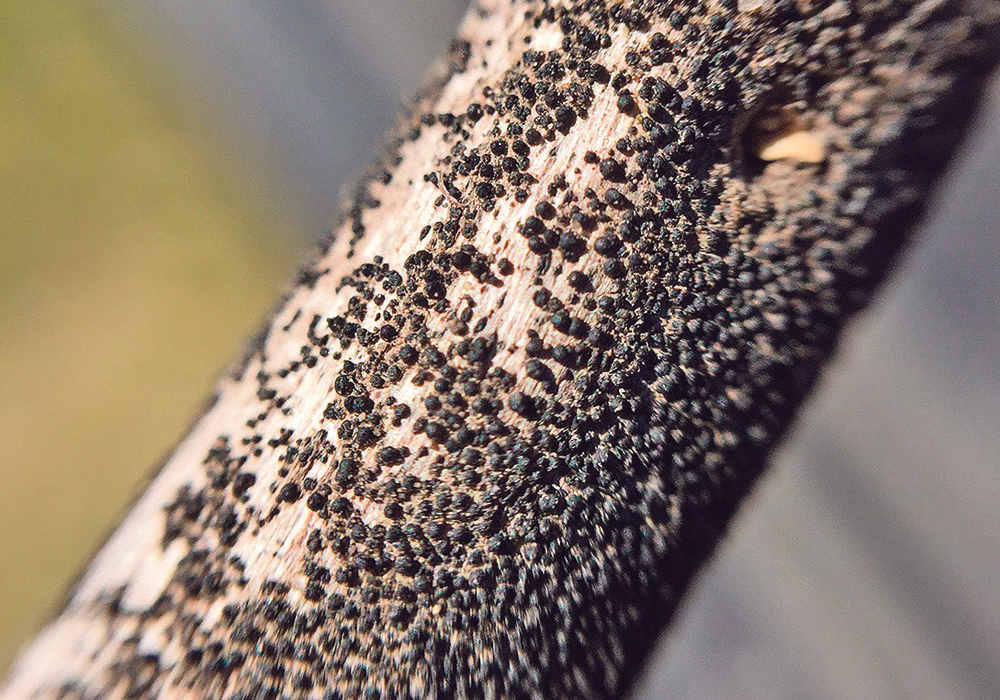Crop diseases in Alberta for the coming growing season include a familiar list of production bandits: blackleg, fusarium head blight, overwintered stripe rust and wheat streak mosaic and that most nefarious of robbers, clubroot.
Michael Harding, research scientist and plant pathologist with Alberta Agriculture, said surveys show blackleg “hot spots” of high incidence between Red Deer and Calgary and another near Vulcan.
“This is concerning because we know that the resistance works great, but we know that the organism that causes blackleg can adapt, so new races can show up or develop that can overcome,” Harding told those at the Jan. 15 Agronomy Update in Lethbridge.
Read Also

Farming Smarter receives financial boost from Alberta government for potato research
Farming Smarter near Lethbridge got a boost to its research equipment, thanks to the Alberta government’s increase in funding for research associations.
“When we start seeing these hot spots for severity or for incidence, it leads us to believe that there could maybe be some erosion of the effectiveness of the resistance. If we’re not careful with rotation of crops and resistances, we could see some erosion of those great tools that we have.”
Harding said stripe rust and wheat streak mosaic virus did not present problems in 2017 or 2018 because their source fungi do not survive cold winters.
So far this year, however, Harding said he hasn’t put a scratch on his snow shovel. Last year he wore out two of them. If the mild winter continues, the two diseases could be problematic.
Fusarium levels dropped dramatically in 2017, Harding said, but last year surveys showed the fungus still appeared in more than half the corn samples tested.
That shows the fungus is still around and could attack cereals as well as corn, given wet conditions at anthesis.
“The fungus hasn’t gone anywhere. It’s still there just waiting for some wet conditions during flowering and we could be right back at 35 percent of samples downgraded,” he said.
“It’s becoming an Alberta problem, not a southern Alberta problem.”
Much has been said and written about clubroot of late, but the damage it can cause to canola remains a worry.
Harding cautioned growers to scout their fields carefully.
“If you’re waiting to see above-ground symptoms as you’re scouting for clubroot, you’re too late,” he said.
“Don’t wait until you see dead patches to look for this disease because now you’re talking about resting spore populations in the billions, whereas you could catch it earlier and have resting spore populations in the tens of thousands or hundreds of thousands per gram.”
Low spore loads could make it easier to address the disease, he added.


















